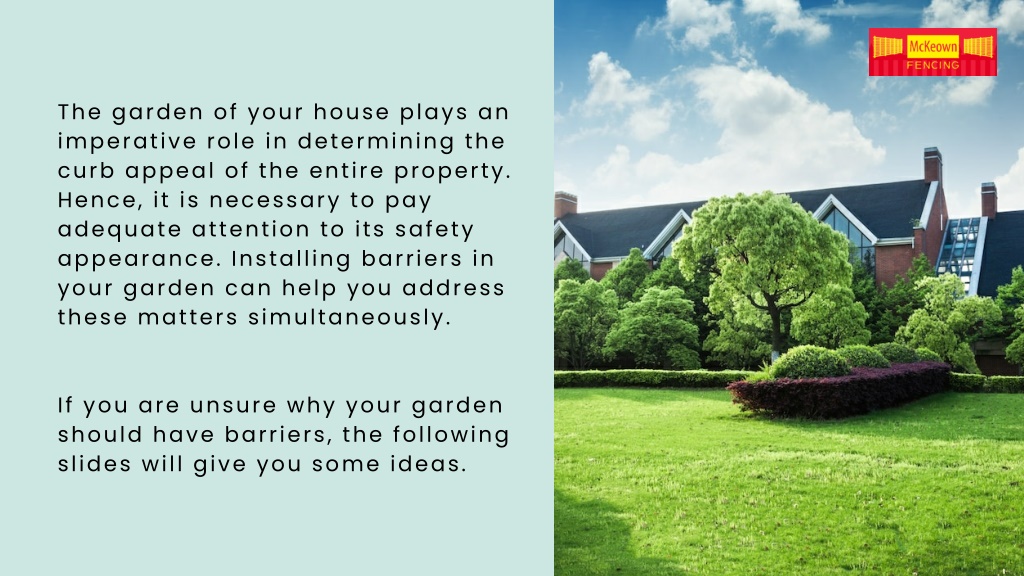Urbanization has dramatically reshaped our landscapes, diminishing natural habitats and limiting access to green spaces. Despite the myriad benefits associated with gardening—from improved mental health to enhanced food security—fewer individuals are indulging in the therapeutic art of gardening. Understanding the myriad barriers that prevent people from cultivating gardens can illuminate pathways to a societal renaissance that embraces green spaces.
As we delve into the socio-economic, ecological, and personal reasons that inhibit gardening, it becomes essential to recognize how these obstacles collectively impact mental well-being and environmental strategies. Each barrier elucidates the broader implications for mood enhancement, community building, and sustainability.
Barriers to Gardening: A Socio-Economic Lens
One primary constraint on the proliferation of gardens resides in socio-economic disparities. The concept of food deserts, where access to affordable fresh produce is significantly limited, underscores the challenges faced by lower-income households. Such communities often lack both the financial means and the spatial resources necessary to cultivate gardens.
Financial considerations are paramount. Initiating a garden can incur various costs, including seeds, soil, tools, and maintenance supplies. Families with limited disposable income may prioritize immediate needs such as housing and food over gardening expenditure, rendering the pursuit of horticultural endeavors a secondary concern. This scenario is exacerbated in urban landscapes, where space can be a premium commodity.
Moreover, the lack of education and knowledge about gardening practices deters individuals from engaging in such activities. Community outreach programs focusing on gardening education are pivotal for empowering residents, yet they remain sporadic in their availability. Lack of access to these resources creates an impenetrable barrier, perpetuating cycles of food insecurity and disconnection from nature.
Social Isolation and Community Engagement
The absence of supportive community networks can impede individuals from undertaking gardening projects. In many cases, gardening is perceived as a solitary endeavor, devoid of the communal aspects that render it enriching. When individuals feel isolated in their attempts to cultivate green spaces, the emotional and psychological benefits often associated with gardening can become muted.
Community gardens offer a promising solution to this dilemma. These shared spaces foster social interactions and collaboration, weaving a sense of belonging among participants. However, the viability of such spaces often hinges on local policies and community support. In regions where individuals lack the agency to organize or where infrastructural support is minimal, community gardening initiatives struggle to thrive.
Furthermore, the modern propensity for digital interactions over face-to-face engagements creates an insular atmosphere that further complicates the situation. The tactile, sensory experiences associated with gardening—such as the feel of soil, the fragrance of blooming flowers, and the vibrant colours of vegetables—are undermined by a virtual lifestyle. This discord not only impacts emotional fulfilment but also diminishes the collective consciousness surrounding environmental stewardship.
Environmental Concerns and Sustainability
As urban environments burgeon, the degradation of natural ecosystems poses challenges to prospective gardeners. Urban soil often suffers from contamination and neglect, deterring residents from planting food crops. Moreover, issues such as water scarcity can represent a formidable barrier. In regions where drought is prevalent, the resource-intensive nature of traditional gardening methods may seem impractical.
Yet, understanding the sustainable practices can bridge this divide. The incorporation of xeriscaping—using drought-resistant plants—and permaculture principles can transform seemingly inhospitable land into fertile ground without over-exploitation of resources. These methods not only contribute to individual mood elevation but also engage wider ecological concerns.
Additionally, urban policies play a significant role in dictating gardening accessibility. In many cities, legislation concerning land use and property management may impose restrictions on growing food, especially in residential areas. Those policies create a paradox: while urbanization encourages density and sustainability, it simultaneously stifles aspirations for personal agricultural engagement.
Emotional Barriers and Cultural Perceptions
Beyond external obstacles lie emotional barriers that inhibit gardening enthusiasm. Gardening can evoke feelings of dread or inadequacy—particularly for individuals who fear failure or lack self-confidence in their ability to nurture plants. This psychological uncertainty may prevent them from even attempting to garden, perpetuating the notion that green spaces are best left to professionals or those with a “green thumb.”
Moreover, culturally ingrained perceptions of gardening as a task relegated to the retired or privileged classes can discourage younger generations from embracing this fulfilling pursuit. The stigma surrounding domestic tasks as “lesser” activities must be dismantled. Encouraging cultural dialogues around the value of local flora, biodiversity, and environmental interconnectedness can shift public sentiments towards gardening.
Education and Awareness: A Path Forward
Addressing these prevalent barriers necessitates comprehensive, multi-faceted strategies grounded in education and community engagement. Educational initiatives targeting schools can instill an appreciation for gardening within children from an early age. Incorporating gardening into school curricula not only involves the practice of cultivating plants but also highlights environmental stewardship, sustainability, and the sensory joys of nature.
Community workshops providing practical skills can also help demystify gardening. Emphasizing collaboration within garden projects invites individuals to come together, building shared experiences that can invigorate careers, relationships, and overall mood. Such initiatives establish support networks that transcend socio-economic divisions, empowering people with the tools necessary to initiate their gardening journeys.
Furthermore, shifting societal narratives surrounding gardening from a mundane chore to a vital, life-affirming activity can play a crucial role. Elevating discourse around the mood-boosting benefits of interacting with nature—not only for mental health but also for fostering connections—can galvanize community buy-in.
Conclusion: Envisioning a Gardened Future
Gardening is more than a mere pastime; it embodies a holistic approach to mental wellness and ecological understanding. By identifying and dismantling the barriers that hinder individuals from engaging in gardening, we can foster richer communities and enhance emotional well-being across the social spectrum. As the world increasingly confronts the dire consequences of climate change and urbanization, embracing gardening represents not only a path to personal joy but also a crucial step toward collective resilience. The path forward demands interdisciplinary collaboration, empathetic policies, and a rich cultural reevaluation concerning the importance of green spaces within our urban narratives.









Leave a Comment